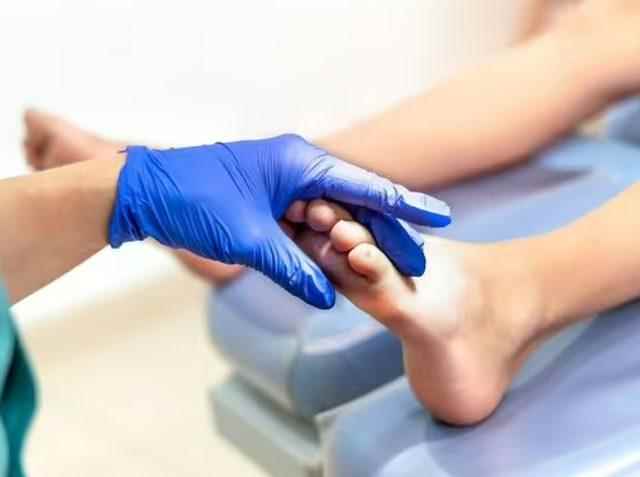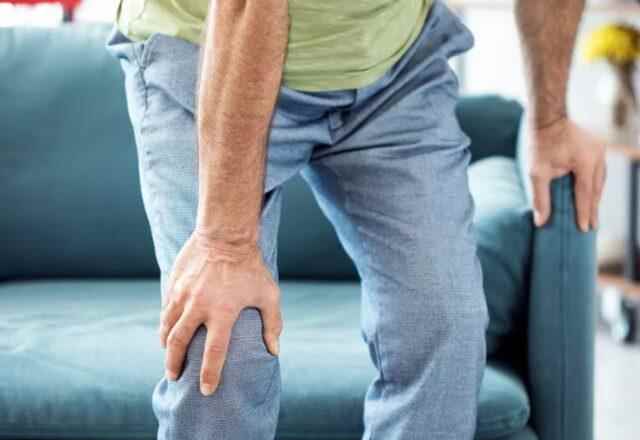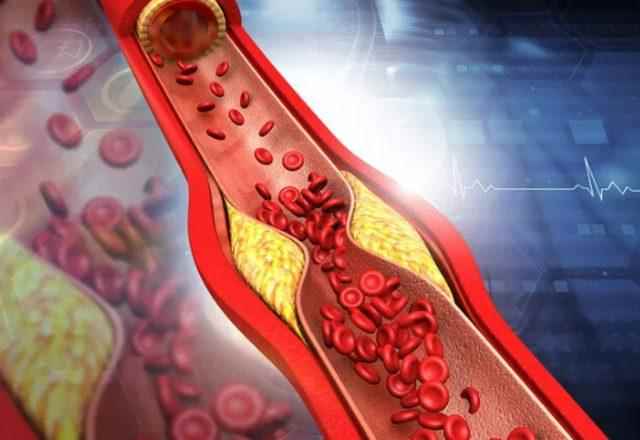Although many people in society have high cholesterol, they do not know that they have this disease. Progressive high blood pressure can increase the risk of heart attack and stroke. Peripheral arterial disease (PAD) is considered one of the first noticeable signs of high cholesterol. The condition can significantly increase the risk of limb loss if left untreated.
WHAT IS PERIPHERAL ARTERIAL DISEASE?
Peripheral arterial disease is a condition that causes narrowing and blockages in all arteries except the vessels that feed the heart. For example, plaques called atherosclerosis form on the walls of the vessels feeding the arms, legs, brain and internal organs, creating narrowing and blockage. As a result, blood cannot reach the organs fed by these vessels and the organ cannot be fed healthily.
CAN GIVE A WARNING ABOUT POOR CIRCULATION

Nail fungus that develops in the toenails can warn about peripheral artery disease. The condition is a disorder of the nail plate that affects growth. It consists of an opaque, yellow-brown thickening of the nail plate, which gradually becomes elongated and curved. Fungus is closely linked to diabetes and foot trauma, but can signal poor circulation if accompanied by other signs of PAH.
BEWARE OF PAINFUL LEG CRAMPS

Hopkins Medicine explains: “About half of people diagnosed with peripheral vascular disease are symptom-free. For those with symptoms, the most common initial symptom is painful leg cramps (intermittent claudication) that is brought on by exercise and relieved by rest. During rest, the muscles need less blood flow, so the pain disappears. It can also occur in one or both legs, depending on the location of the clogged or narrowed arteries.”
WHAT CAUSES PERIPHERAL ARTERIAL DISEASE?

Peripheral arterial disease is caused by smoking, cholesterol, etc. in the vessel wall over the years. It occurs as a result of hardening of the arteries (atherosclerosis) created by plaques that develop due to factors. In addition, when the vessels are clogged with clots, sudden malnutrition is observed and peripheral arterial disease may occur.
SYMPTOMS OF PERIPHERAL ARTERY DISEASE

- Most commonly, occlusion and narrowing of the leg veins are seen.
- Pain in the legs when walking or climbing stairs,
- Chills, paleness, bruising in the legs,
- Hair loss, thickening of nails,
- Weakness and thinning of the legs,
- When it is neglected and advanced, pain at rest, wounds on the feet and legs can be seen.
